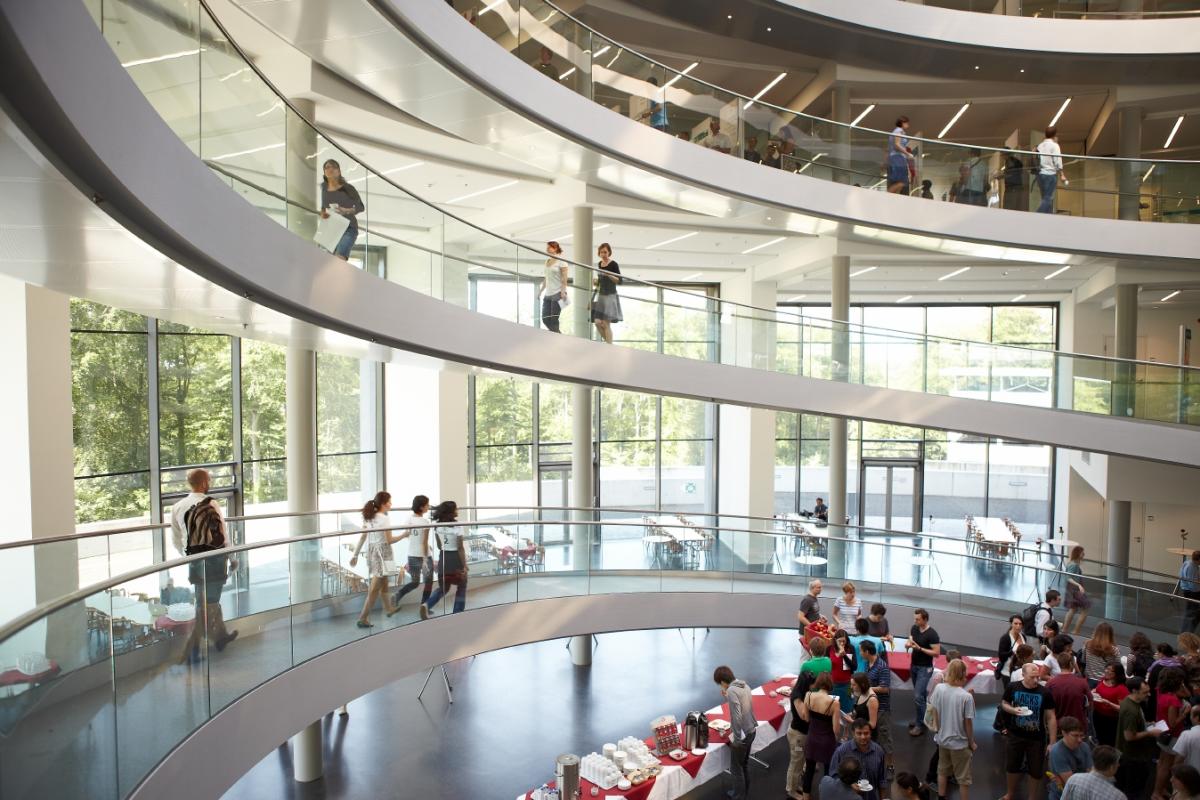Conferences and the classroom Inspire article
A teacher from Hannover, Germany, explains how scientific conferences enrich her teaching.
Throughout the year, thousands of inquisitive minds from across the world travel to the European Molecular Biology Laboratory (EMBL) in Heidelberg, Germany to attend cutting-edge courses and conferencesw1. Not only popular amongst scientists, these events also attract teachers and students. But, they all come for the same reason: to learn from the best in the international scientific community.
Hendrika van Waveren is one of the many teachers captivated by the laboratory’s charm. A biology teacher from Hannover, Germany, she has attended the Science and Society Conferences at EMBL for the last 5 years. What is it about these talks that always bring her back for more?
For Hendrika, the conference is all about gathering new material, and this year’s conference, entitled ‘The Past in the Present – The Making of Memories’ explored more topics that she had envisaged. “The talks not only focused on neurobiology, but covered topics such as immunology, evolution, and geology,” she says. “All ideas you could use in different aspects of biology”.

Image courtesy of EMBL Photolab
The array of talks spark many ideas, some of which she can apply directly to her lessons, and others that could later evolve into an innovative practical activity. “After the conference, I’ll revisit particular topics that caught my imagination. I can read the research papers or re-watch the talks when they are published onlinew2. Then I can start thinking about how to incorporate these topics into my lessons.” Crucially, the talks are easily accessible for non-scientists, and Hendrika has even shown some to her students. “There’s no other conference like it that I know of,” she says.
For Hendrika, the title ‘science and society’ has two meanings: “The conference is about meeting people from all over the world, both scientists and teachers,” she says. “It’s a chance to catch up with people you’ve met at previous conferences too.” The main reason that Hendrika attends these events, however, is to stay up to date with scientific advancements. “You won’t find any of this science in textbooks,” she says, stressing the importance of providing fresh examples to students.
Always looking ahead, the next lecture Hendrika is attending will be in her own classroom – she will live stream EMBL’s annual Insight Lecture on 2 December 2016w3. You and your students can join in too, and see how conferences and the classroom can connect.
Web References
- w1 – Read about the range of courses and conferences available at EMBL and EMBO on their website.
- w2 – All the talks from the 17th EMBL / EMBO Science and Society Conference: The Past in the Present – The Making of Memories are available to watch online.
- w3 – Find out how you can live stream the EMBL Insight lecture by visiting the European Learning Laboratory for the Life Science (ELLS) website.





